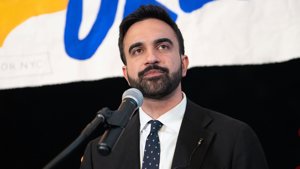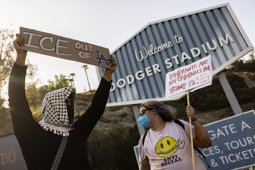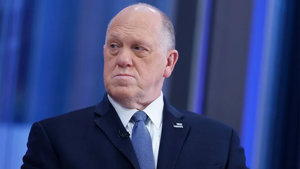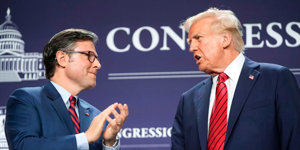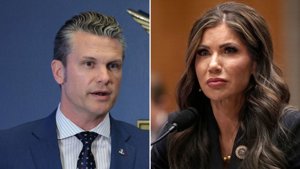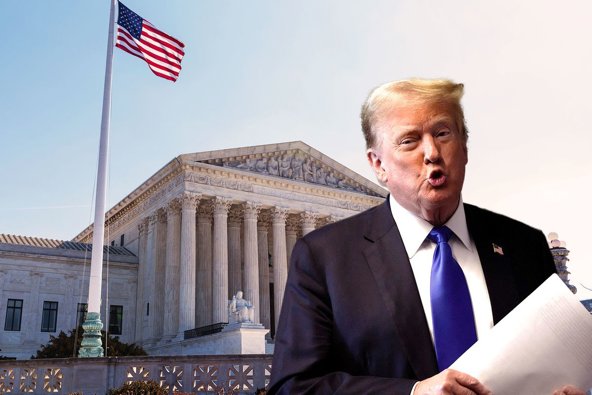
Court Backs Trump in Appointee Firing Dispute
Supreme Court upholds Trump’s removal of two Biden appointees, reigniting debate over executive authority.
Supreme Court Endorses Trump’s Removal Power
The Supreme Court on Thursday ruled in favor of President Donald Trump, upholding his decision to remove two Democratic appointees from federal boards and denying their reinstatement. The decision, viewed as a major legal test of executive authority, affirmed Trump’s dismissal of Gwynne Wilcox from the National Labor Relations Board and Cathy Harris from the Merit Systems Protection Board.
Chief Justice John Roberts had previously issued a temporary stay blocking the officials' return to their positions, which the court solidified in its final decision. The ruling came despite lower court efforts to restore the appointees, with the D.C. Circuit Court citing long-standing precedent protecting members of independent agencies from at-will dismissal.
Wilcox and Harris, both appointed under President Joe Biden, had filed lawsuits challenging their removal as unlawful, citing the 1935 Supreme Court decision in Humphrey’s Executor v. United States, which restricts the president’s power to remove independent agency officials without cause. The D.C. Circuit had ruled 7–4 in favor of reinstating them, but the Supreme Court reversed course, prompting a contentious legal and constitutional debate.
Dissent Raises Alarm Over Separation of Powers
The court’s three liberal justices dissented. Justice Elena Kagan, joined by Justices Sonia Sotomayor and Ketanji Brown Jackson, warned that the ruling risks consolidating executive power to levels unseen since the Hoover administration. Kagan wrote that the court’s “impatience to get on with things” signaled a broad shift toward an increasingly subservient executive branch.
Lawyers for the Trump administration argued that keeping Wilcox and Harris in office would undermine the president’s control over critical executive functions. They described the potential delay in resolving the matter as a threat to the separation of powers and warned that reinstating the appointees would cause “irreparable harm.”
In response, legal counsel for Wilcox and Harris argued that prematurely removing them would paralyze their respective boards, particularly the NLRB’s ability to adjudicate labor-relations disputes. “The President’s choice to instead remove Ms. Wilcox does not bring the Board closer in line with his preferred policies; it prevents the agency from carrying out its congressionally mandated duties at all,” Wilcox’s lawyers stated.
The dispute is part of a broader legal battle over the limits of executive power. Hampton Dellinger, another Biden-era official, had also challenged his termination, but later dropped his lawsuit after the D.C. appellate court ruled in favor of the Trump administration.
As these cases progress, the Justice Department has indicated its intent to seek the overturning of Humphrey’s Executor, which has underpinned presidential removal restrictions for nearly a century. Legal scholars and political observers now expect continued litigation and possible legislative review as the balance between independence and executive control comes under renewed scrutiny.

